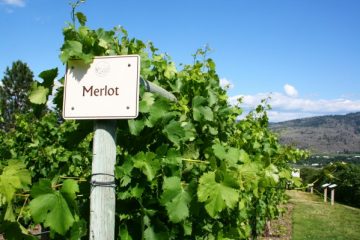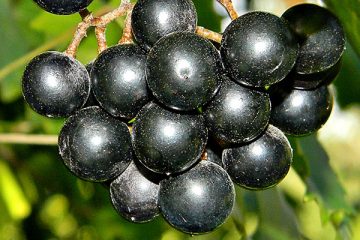If you were to visit a long-established wine region such as Bordeaux or Burgundy, and then visit a younger, emerging wine region in North America, one of the many differences that might strike you is a discrepancy in the number of grape varieties being grown. While many established wine regions
A thick tome, 132 years old, has survived to tell the story of Piedmont's grape-growing past. That is, if you can decipher the flowery penmanship and wade through the anachronistic turns of phrase. There, in a section on grape varieties in the book called “Wine Production and Oenology in the
Elmer Swenson is a legend in cool climate grape growing circles. This is thanks to all his research, mainly in Minnesota, developing hardy varieties that thrive in a cold climate growing season, survive cold winters, but can also make really good wine. Northeastern American wineries know Swenson varieties well, but
The Finger Lakes Region is perhaps best known for its Rieslings and Cabernet Francs, but unique hybrids like Traminette, developed by Cornell University, are the treasure of the region. Cornell released its first hybrid in 1906, but it was the-read more-
I was at the counter of a delicious restaurant and deli called Ugo Gastronomia in Alba, this summer, picking out some antipasti and salads for a family picnic, on the way back to France and the end of our vacation.-read more-
Can American Vitis species produce wines that compare with those made from vinifera on a global stage? If so, will the wine traditionalists ever accept them? While continued research and experimentation with these varieties will hopefully answer these questions, perhaps-read more-


